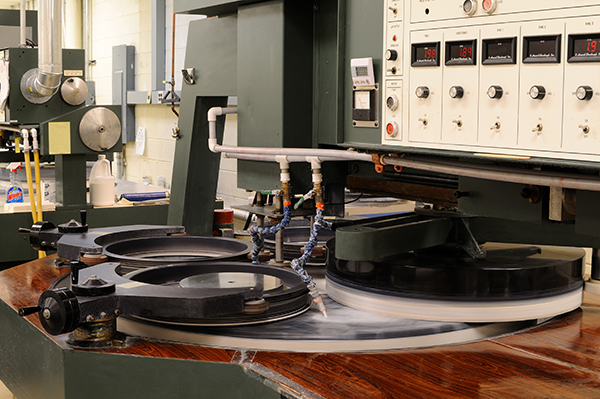Inrad Optics fabricates and finishes all optical components and devices in our US-based facility, ensuring complete traceability and assured quality. To support our commitment to in-house manufacturing, we operate a world-class crystal growth facility, precision machining, grinding, and polishing capabilities and state-of-the-art metrology systems. We also offer optical design optimization to ensure that our customers’ design concepts can be manufactured and assembled cost effectively.
Wide range of shapes and sizes
We fabricate glass and crystal optics as small as 5 mm and as large as 500 mm in diameter as well as metal optics up to 1 meter in diameter. Inrad Optics fabricates and polishes plano, spherical, elliptical, toroidal and prismatic optics from a wide range of glass, crystalline, and metallic materials.
Materials expertise
In addition to the knowledge developed over decades of growing and finishing nonlinear optical crystals, Inrad Optics has extensive experience with hard and soft, crystalline and amorphous, metallic and semiconducting, and notoriously challenging exotic materials. This experience allows us to optimize our processing techniques to get the best possible results from each substrate.
World-class optical polishing
Our in-house machining minimizes the cost of tooling and fixturing for custom parts, thus allowing us to pass on the savings to customers in reduced non-recurring setup fees.
Inrad Optics maintains an extensive lineup of machines for coring, cutting, slicing, and grinding operations. Our high precision work begins in rough fabrication where crystalline materials are oriented on a dedicated x-ray diffractometer to the correct planes. Our CNC and spindle grinding generate and maintain excellent parallelism .
Inrad Optics uses continuous polishing, spindle polishing, and CNC polishing and our opticians routinely hold figure tolerances of λ/20, angular tolerances of 1 arcsecond, and surface quality of 10/5. Depending on the substrate material, we employ a full suite of polishing methods—including pitch, powders and chemical mechanical polishing (CMP). Colloidal polishing techniques allow our opticians to eliminate subsurface damage and achieve superior surface finishes. For hygroscopic and other moisture-sensitive materials, we have developed specialized non-aqueous polishing solutions.
Precision diamond machining
Inrad Optics has both diamond flycutting and turning capabilities, with flycut lengths up to 26” and diamond turned off-axis elements within a 1 meter swing. Our diamond turning machines can accommodate spindle payloads up to 200 pounds.
Ultimately, figure accuracy depends on a number of factors beyond machine capability, including component geometry, tooling design, cutting tool specifications and substrate material. Our proprietary cutting tool design and tool inspection techniques optimize finishes while minimizing tool-induced stresses and sub-surface damage.
With diamond machining alone, λ/4 PV surface figure is typically achievable on plano, spherical, and aspherical surfaces. Diamond machined surfaces can be post-polished to < λ/20 PV and < 20 Å RMS for low scatter optics. Bare aluminum, crystalline materials, and electroless nickel plated substrates can all be diamond turned and post-polished. 15 Å rms surface finish is achievable on nickel plated substrates. Mechanical tolerances between cut surfaces and multiple datums are held to approximately 30 millionths of an inch.

